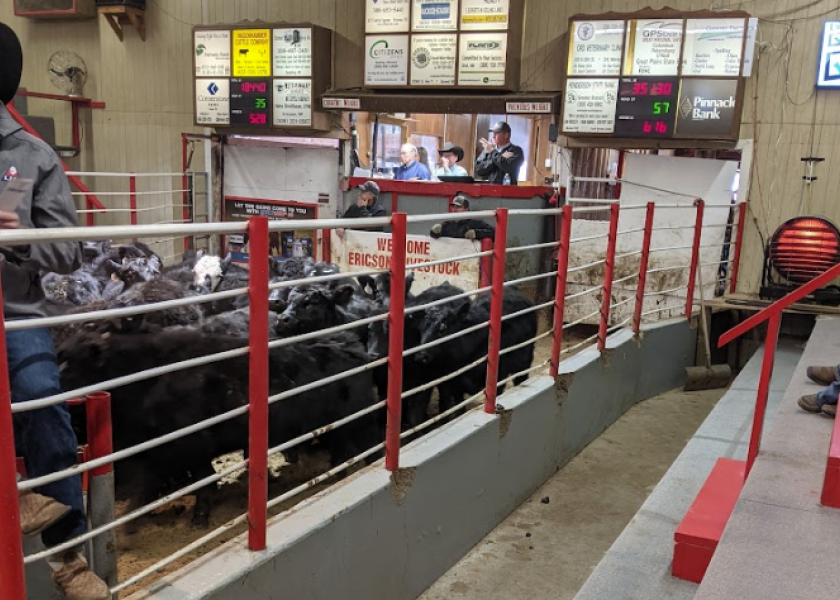What Has Value To Your Calf Buyer?

After addressing last week’s question of retained ownership, this week we look at our calf crop from the standpoint of your buyer. Cattle markets remain robust with the promise of getting even better. Even with that being the case, there is no excuse for leaving $ behind when marketing your calves. Understanding what has value to your calf buyer is key to capturing the most possible $ in the market place.
If I were buying calves, what would I want?
Uniformity. Calves of similar weight (less than 100 lbs.). Similar age (less than 90 days). Same sex. Similar condition (not too fat, not too thin). Uniformity in quantity adds even more value. Uniform semi-load lots of 50,000 lbs. is best. If this is not possible from your operation alone consider collaborating with other cattlemen to pool calves or investigate the marketing potential of the Oklahoma Quality Beef Network sales.
Management. Buyers want calves that are polled or dehorned. Steers that are castrated and heifers that are open. When these conditions are not met, calves will be discounted. Furthermore, calves weaned for 45 days, vaccinated (twice), bunk broke and pre-conditioned have more appeal to buyers and accordingly potentially sell at a premium.
Genetics. Calves sired by bulls of similar genetics that appear to be from the same cow herd adds to uniformity. Documentation of genetic potential in the form records of past calf crops health, growth and cost of gain, dressing percentage, carcass weight, carcass quality and cutability add potential value.
The weekly price reports we read in Oklahoma and from around the country indicate the value of various ages of cattle when sold as a commodity. That commodity price is based on the above standards being met. The potential to market your calves at a premium to the commodity price exists if you are willing to provide the management to meet these standards, and document the health and genetic potential of your calves. What has value to the buyer of your calves translates to profit potential for you.







